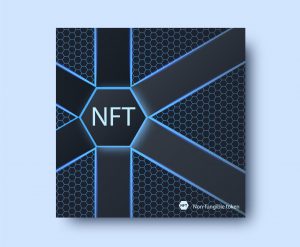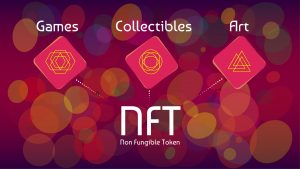As innovative applications with integrated smart contract functionality emerge from blockchain technology platforms, there is an expanding list of digital currencies, tokens and peer-to-peer financial products and services. Abbreviations abound. There are non-fungible tokens (NFTs), which, unlike fungible cryptocurrencies, are “one-of-a-kind’ digital assets stored on a blockchain platform, and can include images, videos, recordings, collectibles and tangible items in the physical world. There is decentralized finance (DeFi), the peer-to-peer transaction infrastructure for tokens and other software applications and contracts designed to replace traditional banking products and services and streamline transactions. Decentralized applications (dApps) are a relatively new technology similar to traditional web applications from a user perspective, but which run on distributed blockchain platforms, such as Ethereum, rather than on a single computer—dApps are typically open source, allowing software developers to improve features and functions quickly, and free from control by any single authority. Smart contract protocols permit dApps to access the blockchain platform and integrate with cryptocurrencies, NFTs and DeFi projects.
Continue Reading →
 Internet & Social Media Law Blog
Internet & Social Media Law Blog









